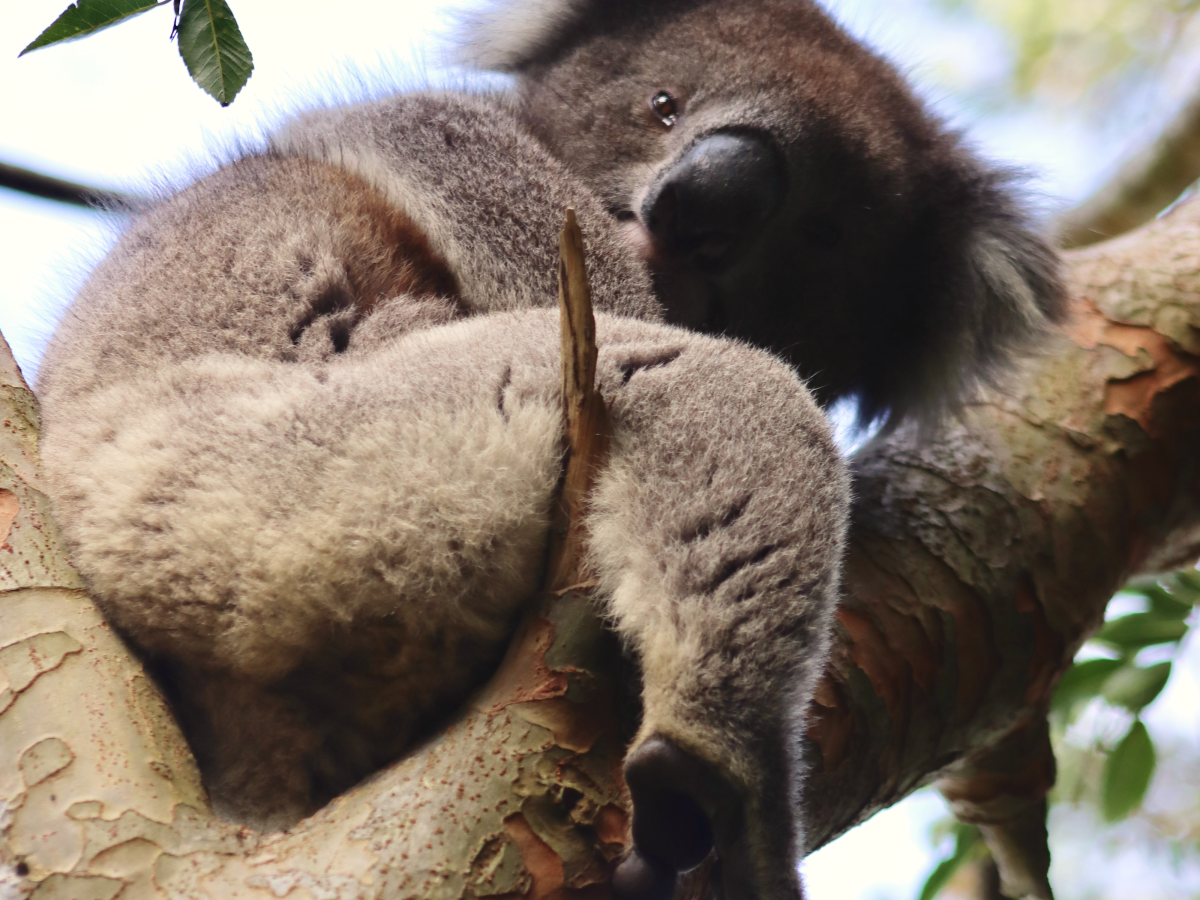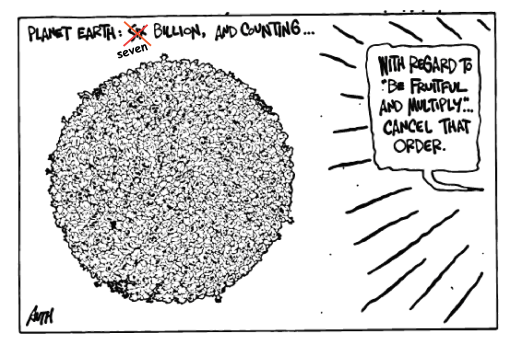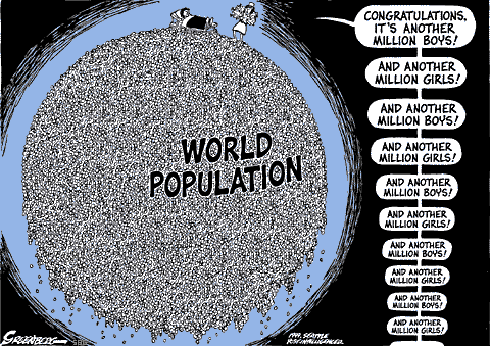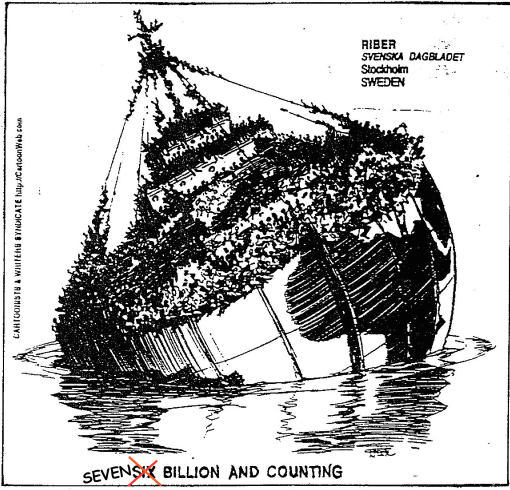Here are 8 more biodiversity cartoons (with a human population focus, given recent events) for your conservation-humour fix (see full stock of previous ‘Cartoon guide to biodiversity loss’ compendia here).
—
Here are 8 more biodiversity cartoons (with a human population focus, given recent events) for your conservation-humour fix (see full stock of previous ‘Cartoon guide to biodiversity loss’ compendia here).
—
« Human population size: speeding cars can’t stop quickly InvaCost – estimating the economic damage of invasive insects »
I am the Matthew Flinders Professor of Global Ecology at Flinders University.

Non-native species introduced mainly via increasing trade of goods and services have huge economic, health, and environmental costs. These ‘biological invasions’ involve the intentional or unintentional transport and release of species beyond their native biogeographical ranges, facilitating their potential spread. Over the last few decades, invasive species have incurred an average cost of at least…

Wildfire burns between 3.94 million and 5.19 million square kilometres of land every year worldwide. If that area were a single country, it would be the seventh largest in the world. In Australia, most fire occurs in the vast tropical savannas of the country’s north. In new research published in Nature Geoscience, we show Indigenous…

Australia is home to about one in 12 of the world’s species of animals, birds, plants and insects – between 600,000 and 700,000 species. More than 80% of Australian plants and mammals and just under 50% of our birds are found nowhere else. But habitat destruction, climate change, and invasive species are wreaking havoc on Earth’s…








While it is true that population is increasing, it is also true that 80% resources are being used by 20% of the existing population, Accd to UNESCO reports consumption activities are driven by Northern customers (US,Canada and like) while less than 15% is consumed by others.
LikeLike
There is a lot about population here. Everyone seems to be talking about how no-one is talking about it (and hasn’t this been the case for many years in conservation circles?). I agree that it is an issue, but several cogent commentators would say that while we are talking about why no-one is talking about population, what we are not talking about is why no-one is talking about consumption. It may get alluded to, but it is never seriously addressed, and it plays just as large a role in our global footprint, whilst also having many implications for social justice and humanitarian issues. I would suggest that anyone who wants to comment on the population problem starts by reading something like this by George Monbiot – http://www.monbiot.com/2009/09/29/the-population-myth/ – just to keep their position in perspective.
LikeLike